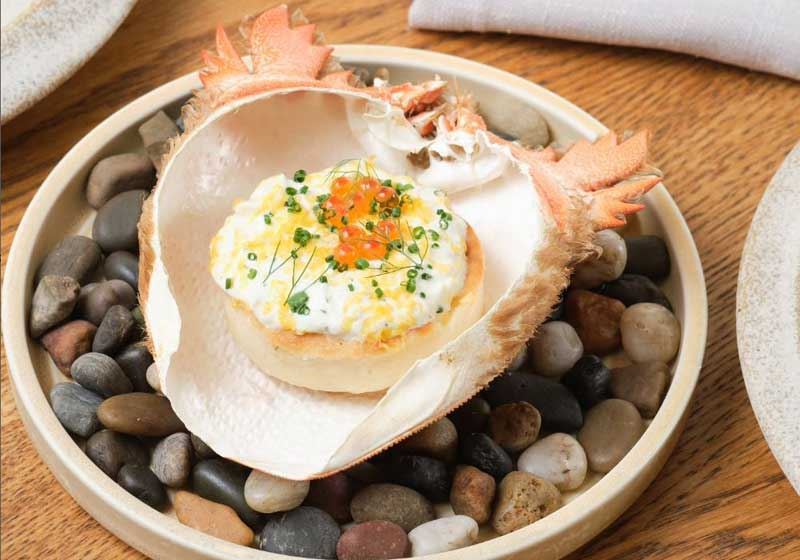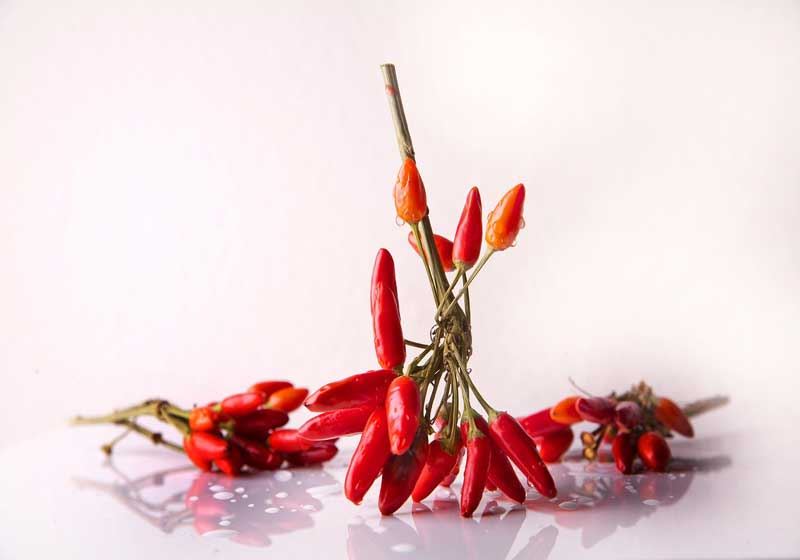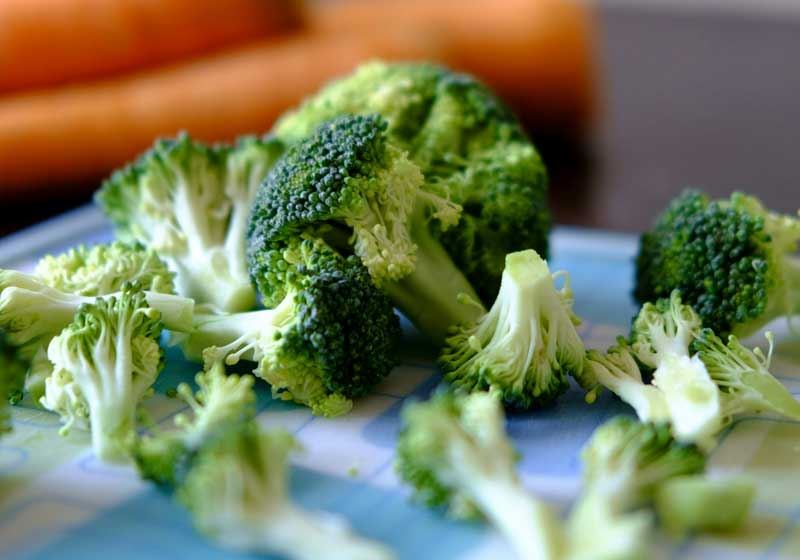By Laura Rancie.
A well-equipped kitchen is incomplete without a set of quality knives. Whether you are a seasoned Chef or a home cook in your kitchen, having the right knives can make all the difference in your cooking experience and enjoyment.
Here are the six most important knives every home cook should have, along with tips on how to use them effectively:
Honing Steel:
While it is not technically a knife, a honing steel is essential for extending the life of your knives. Contrary to popular belief honing does not sharpen the blade but rather realigns the edge, keeping it straight. If you were to look through a microscope at your knife blade you would see very fine micro serrations. It is these serrations that will be re-aligned when you run it over the honing steel.
Over extended use, your knife’s blade gets bent and twisted although you can’t quite see this with the naked eye. Running it over the honing steel will bring the micro serrations back to their original form and help keep your knife sharper for longer.

Pictured above: Opinel 25 cm honing steel sharpening rod.
Paring Knife:
Ideally around 10 cm and non-serrated, a paring knife has a small slope and is not intended to be used on a chopping board. This small, versatile knife is ideal for tasks that require precision, such as peeling fruits and vegetables, deveining shrimp, or creating intricate garnishes. The thin sharp blade allows for delicate, controlled cuts.
Chef's Knife:
Ideally around 20 cm to 25 cm, its blade should curve upwards and end at a narrow point. This is used to chop, butcher and slice. It should always be super sharp. The workhorse of the kitchen, the Chef's knife is a must-have. With a broad curved blade, it is perfect for a wide range of tasks including chopping, slicing and dicing fruit, vegetables and meat. The length of the blade provides leverage making cutting tasks more efficient.
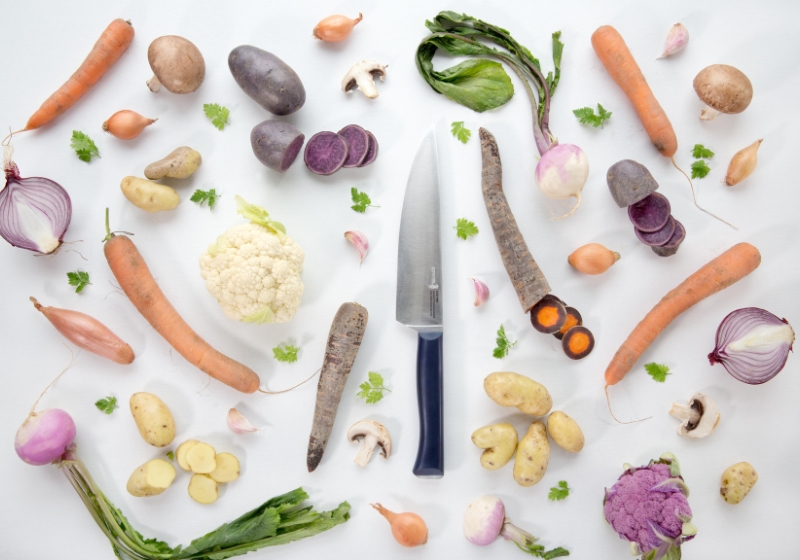
Pictured above: Opinel Chef's knife from the Intempora range.
Serrated Knife:
Think of this as a mini-home saw with teeth on the blade. It is good for cutting things that are crunchy and hard on the outside but soft on the interior – like a baguette. This is why it can also be known as a bread knife. The serrations allow for a sawing motion ensuring clean, even cuts without crushing the food on initial impact.

Pictured above: Opinel serrated bread knife from the Intempora range.
Boning Knife:
This should have a very thin blade, a pointy sharp tip and super sharp precision. As the name suggests this knife is used for removing bones from meat, poultry and fish with minimal effort. The narrow, flexible blade makes it easy to manoeuvre around joints and tight spaces, ensuring minimal waste.
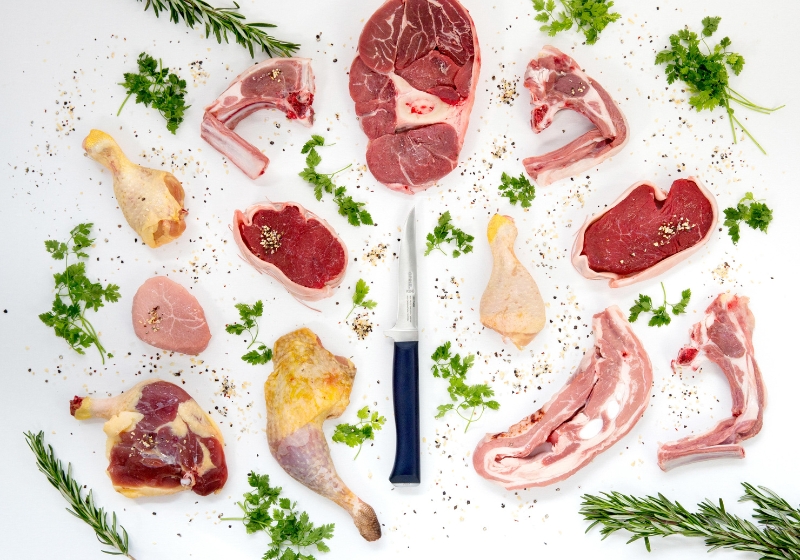
Pictured above: Opinel boning knife from the Intempora range.
Peeler:
While not a knife, a peeler does contain a very sharp blade. A good peeler is an essential tool for any kitchen and most likely the cheapest kitchen tool you can buy. Whether you're peeling potatoes, carrots or apples, a good peeler can make the task quick and effortless. Look for a peeler with a sharp, swivelling blade for maximum efficiency.
In addition to these six essential knives for cooking, several other knives are also essentials in your kitchen, for eating:
Butter Knife: used for spreading butter, jams and other spreads onto bread or toast.
Cheese Knife: designed specifically for cutting and serving cheese, with a sharp blade and often a pronged tip for serving.
Dinner Knife: a standard knife used for cutting and eating main courses.
Carving Knife: a long, thin knife used for slicing large cuts of meat, such as roasts or turkey.
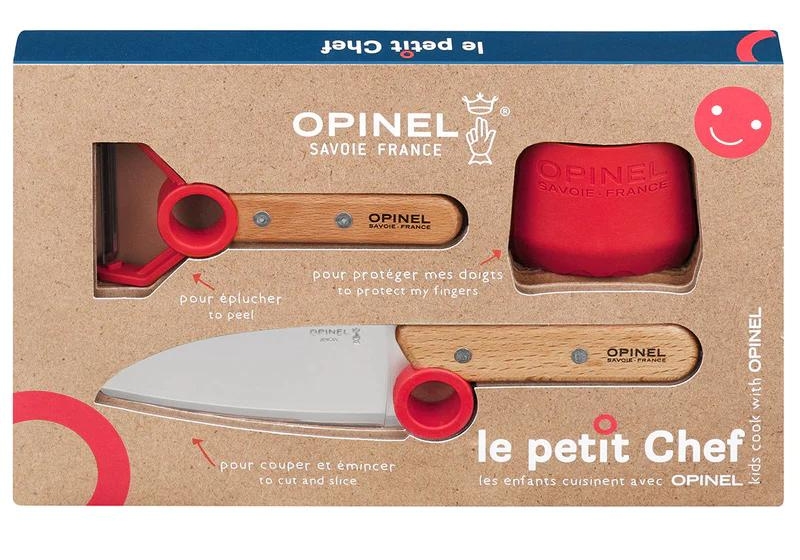
Le Petit Chef: a kid's set of knives, with features for keeping little fingers safe at all times.
Having a selection of quality knives in your kitchen will greatly enhance your cooking experience and make meal preparation more efficient. With proper care and maintenance, these knives can last a lifetime, serving as indispensable tools in your culinary adventures.
Opinel knives are designed and made in France and feature lifetime warranties and excellent craftsmanship. After all, not many knives can boast about a dedicated museum based on their history and contribution to the culinary world. You can visit The Opinel Museum in Saint-Jean-de-Maurienne, a French city already brimming with history.
To order your very own Opinel knife, Opinel Australia Pacific has an exclusive offer just for AGFG readers, with a 20% discount valid until the end of February when you type code AGFG20 online here at www.opinel.com.au.






